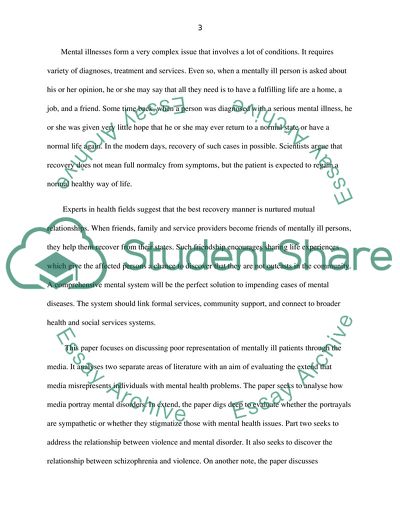Cite this document
(Media Discrimination of Mentally Ill Persons Coursework, n.d.)
Media Discrimination of Mentally Ill Persons Coursework. Retrieved from https://studentshare.org/social-science/1817898-criminology-critically-analyse-the-extent-to-which-the-media-misrepresents-the-relationship-between-violence-and-mental-disorder-with-television-and-drama
Media Discrimination of Mentally Ill Persons Coursework. Retrieved from https://studentshare.org/social-science/1817898-criminology-critically-analyse-the-extent-to-which-the-media-misrepresents-the-relationship-between-violence-and-mental-disorder-with-television-and-drama
(Media Discrimination of Mentally Ill Persons Coursework)
Media Discrimination of Mentally Ill Persons Coursework. https://studentshare.org/social-science/1817898-criminology-critically-analyse-the-extent-to-which-the-media-misrepresents-the-relationship-between-violence-and-mental-disorder-with-television-and-drama.
Media Discrimination of Mentally Ill Persons Coursework. https://studentshare.org/social-science/1817898-criminology-critically-analyse-the-extent-to-which-the-media-misrepresents-the-relationship-between-violence-and-mental-disorder-with-television-and-drama.
“Media Discrimination of Mentally Ill Persons Coursework”, n.d. https://studentshare.org/social-science/1817898-criminology-critically-analyse-the-extent-to-which-the-media-misrepresents-the-relationship-between-violence-and-mental-disorder-with-television-and-drama.


